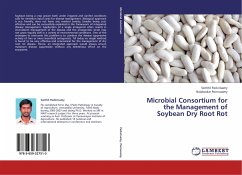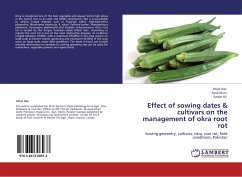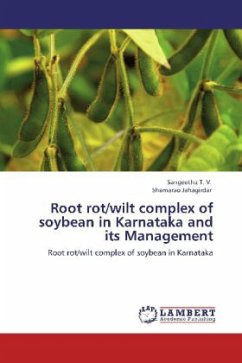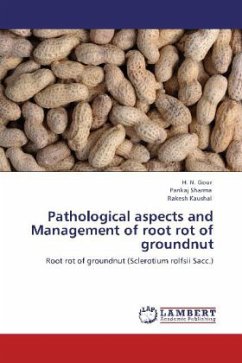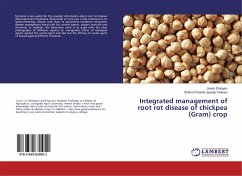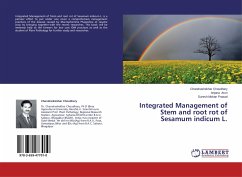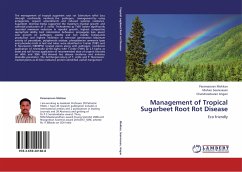Soybean being a crop grown both under irrigated and rainfed conditions calls for minimum input costs for disease management. Biological approach is eco friendly, does not leave any residual toxicity, besides being cost effective and can be successfully exploited in the framework of integrated disease management. Application of a single antagonist often results in inconsistent management of the disease and the antagonistic strain may not grow equally well in a variety of environmental conditions. One of the strategies to overcome this problem is to combine the disease suppressive activity of two or more beneficial antagonists. Till today no single method is found to be very effective and economical for the management of dry root rot disease. Hence, an integrated approach would always ensure maximum disease suppression without any deleterious effect on the ecosystem.

